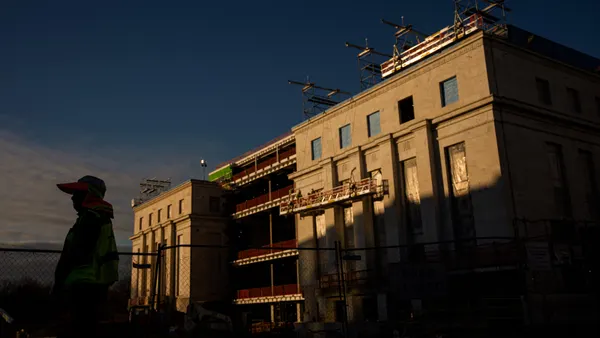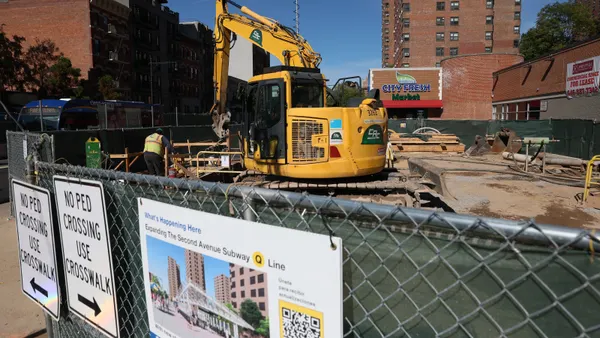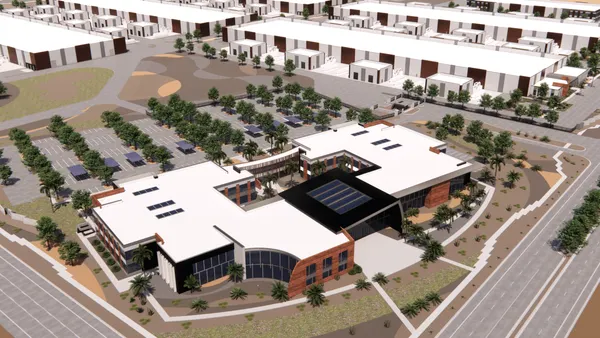Contractors are feeling early signs of momentum returning to the construction market.
The Federal Reserve trimmed its benchmark interest rate by another 25 basis points on Wednesday. The cut tacks onto its previous rate cut in September.
Developers who spent much of the year waiting on the sidelines are eager to call project teams back to the table. People want to be ready when financing loosens further in early 2026, said Robert Brown, president and CEO of GCM Contracting Solutions, a Fort Myers, Florida-based general contractor.
“Since the first cut in September, we have seen a slow but steady return of confidence,” Brown told Construction Dive. “Some projects that were sitting on the edge have now started to move, particularly those with design and financing mostly in place.”
He said more projects today emphasize design-build delivery models to reduce uncertainty, though factors such as labor, material pricing and overall inflation continue to shape feasibility.
In September, contractors called the Fed’s initial cut a psychological boost rather than a market reset. The initial lowering set up an environment encouraging “projects that were on the edge of being financially viable” to break ground, said Granger Hassmann, regional president of Gulf States at Adolfson & Peterson, a Minneapolis-based general contractor.
After this second round of cuts, Brown said that sentiment has grown stronger.
“The real catalyst is certainty,” Brown told Construction Dive. “Owners are more confident, but still disciplined. Borrowing costs are only one piece of the puzzle.”
A series of cuts will be needed to meaningfully boost construction activity, said Scott Lyons, the commercial core market leader at DPR, a Redwood City, California-based general contractor, after the Fed started slashing the rate in September. Brown said the latest move adds to the growing sense that construction borrowing costs will indeed soften going forward.
“Most of our clients see this as the start of a sustained easing cycle and are preparing accordingly,” said Brown. “No one is calling it a full turnaround yet, but there is cautious optimism.”















